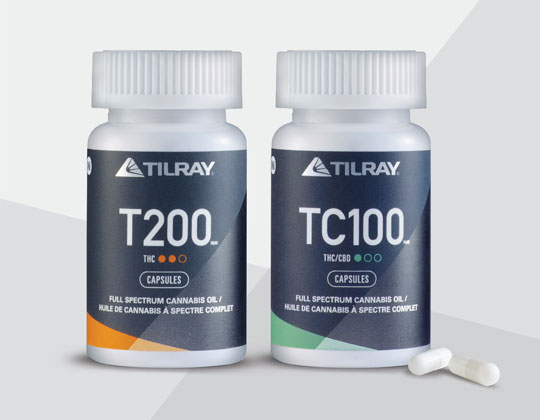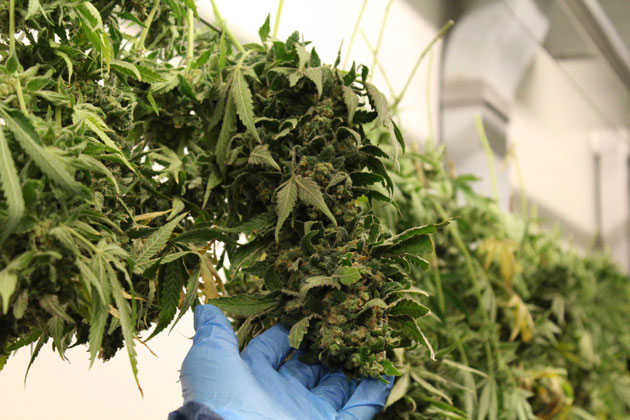There are millions of people worldwide with chronic diseases and other medical conditions whose lives could be improved with better access to medical cannabis. Meanwhile, for the past decade and a half, Canada has built the most sophisticated medical cannabis framework in the world. These circumstances present an exceptional opportunity for trade leadership on the international stage.
Last year, the amount spent on cannabis worldwide — including medical cannabis — was US$150 billion. By comparison, Canada’s crude oil exports totalled C$49.8 billion in 2016. The federal government must proactively make medical cannabis exports part of its innovation agenda. With the right approach, the industry has the potential to be a significant contributor to Canada’s biotechnology and life sciences sectors.
We should leverage the success of Canada’s domestic medical cannabis model to address the gap in access to quality products worldwide. Thanks to the Access to Cannabis for Medical Purposes Regulations (ACMPR) and their predecessor regulations, Canada already has a growing network of experienced, responsible licensed producers committed to meeting and exceeding Health Canada’s high safety and security standards from seed to sale. More than 167,000 Canadians have come to rely on the quality of domestically produced products to ease the symptoms of conditions like post-traumatic stress disorder, epilepsy, cancer, and chronic pain — an increase of 123 per cent since April 2016.

Under the current terms of the ACMPR — which are designed to prioritize domestic production and supply — the ability of licensed producers to meet global demand is still limited. Producers need fewer hurdles and more certainty so we can serve patients in need in nascent markets. Canada’s medical cannabis framework must be updated to better facilitate the ability of licensed producers to supply products to these markets for medical treatment, research and clinical trials. The federal government should work expeditiously to encourage, not curtail, their efforts in this field.

When Sir Frederick Banting discovered insulin nearly a century ago, Canadians did not turn inward, unwilling to share a medical breakthrough with patients in other countries and continents. Rather, through partnership with successive governments, strategic investments and a commitment to the open exchange of knowledge, health practitioners, researchers and industry set an agenda for quality patient care that has led to better health outcomes for millions of people with diabetes around the world. The same could now be true of Canada’s network of medical cannabis producers.
Canada has a chance to lead the world — it’s time to seize it.
To effectively seize this opportunity, the federal government should take the following three steps:
- Mandate Health Canada to address existing limitations under the ACMPR, including production and expansion limitations, so that licensed producers with export capabilities can more readily provide products to growing international markets
- Convene an expert roundtable of licensed producers, researchers and market analysts to develop a global export strategy specific to medical cannabis and to Canada as a leading biotech exporter of safe, high-quality medical cannabis products
- Begin including representatives of the medical cannabis industry on future trade missions, particularly in areas such as the European Union, Latin America and the Asia-Pacific region
Prime Minister Trudeau has been clear that his government’s mandate is to build an innovation agenda that will create jobs and drive long-term economic growth. Supplying safe, high-quality medical cannabis products to international markets will do both. This sector of the economy employs thousands of Canadians in a diverse range of well-paying jobs, from horticulturalists to researchers to growers; these businesses have the potential to revitalize communities, bring in additional tax revenue for governments and sow the seeds of innovation in the Canadian economy.
The global public perception of cannabis is rapidly changing. The federal government has boldly kept pace with this change with its plan to legalize adult-use cannabis. This forward-looking approach should apply to medical cannabis, too. Canada has a chance to lead the world — it’s time to seize it.
credit:420intel.com










